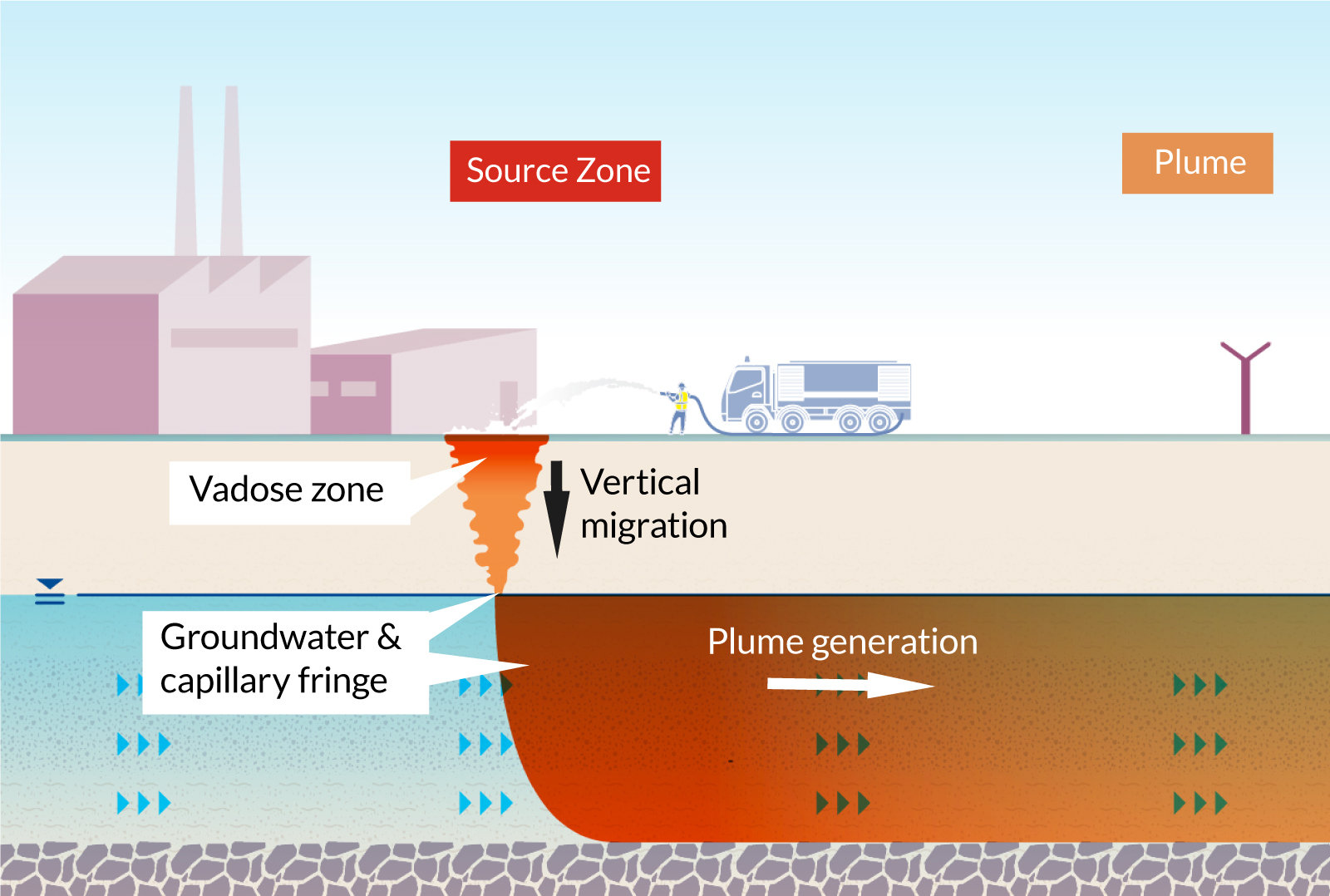The Complete Guide to Effective PFAS Treatment for Environmental Contamination
Advanced Approaches for Effective PFAS Contamination Removal
The relentless obstacle of PFAS contamination requires the expedition of sophisticated removal methods that can efficiently address these hazardous compounds. Ingenious technologies, such as advanced oxidation procedures and numerous adsorption methods, have emerged as encouraging options in mitigating PFAS from impacted atmospheres.
Understanding PFAS Residences
Although per- and polyfluoroalkyl compounds (PFAS) have been extensively used in various commercial and customer products due to their one-of-a-kind properties, their perseverance in the atmosphere positions significant challenges to public wellness and security. PFAS are a group of artificial chemicals defined by a carbon-fluorine bond, one of the best chemical bonds understood, which contributes to their exceptional security and resistance to deterioration. This security enables PFAS to build up in the environment and living microorganisms, leading to possible unfavorable health impacts.
These same homes contribute to their environmental determination, as PFAS do not quickly break down with natural procedures. Understanding the chemical homes of PFAS is necessary for establishing efficient techniques to handle and reduce their environmental impact.
Cutting-edge Removal Technologies
The perseverance of PFAS in the atmosphere has spurred the growth of cutting-edge removal innovations focused on effectively getting rid of these impurities from impacted environments. Among one of the most encouraging techniques are sophisticated oxidation processes (AOPs), which utilize effective oxidants to break down PFAS compounds right into less hazardous materials. AOPs can be customized to target particular PFAS structures, boosting their effectiveness.
Another arising innovation is the use of adsorption media, such as activated carbon and ion exchange materials, which can precisely catch PFAS from infected water. These products have shown substantial elimination effectiveness, although periodic substitute and regeneration are necessary to keep performance.
Membrane layer filtering techniques, consisting of reverse osmosis and nanofiltration, are likewise obtaining traction in PFAS removal. These techniques can properly separate PFAS from water, giving a feasible solution for dealing with infected sources. In addition, thermal treatment techniques, such as incineration, can decompose PFAS into safe byproducts, though they call for careful administration to regulate emissions.
Jointly, these cutting-edge remediation modern technologies represent considerable advancements in the continuous fight against PFAS contamination, providing numerous strategies to bring back damaged settings and safeguard public health.

Bioremediation Strategies
Bioremediation strategies supply a promising technique to attending to PFAS contamination by taking advantage of the natural capacities of bacteria to deteriorate these relentless compounds (m270 waste management). This approach includes making use of germs, fungis, and other microorganisms that can metabolize or transform PFAS compounds right into less unsafe by-products
Current developments in molecular biology and ecological microbiology have improved our understanding of microbial areas and their potential duties in PFAS degradation. Scientists are actively discovering specific stress of microorganisms, such as Pseudomonas and Bacillus, which have demonstrated the capability to damage down certain PFAS compounds.
Sitting bioremediation strategies, where microorganisms are promoted straight in infected environments, can be especially efficient. This strategy frequently includes the application of nutrients or electron benefactors to advertise microbial growth and activity. Additionally, ex lover situ techniques, such as bioreactors, permit regulated conditions that can optimize degradation rates.
In spite of the pledge that site of bioremediation, obstacles continue to be, consisting of the complex nature of PFAS compounds and the need for substantial area screening - m270 waste management. Proceeded research study and growth will certainly be critical to improve these strategies and assess their effectiveness in diverse environmental contexts
Adsorption and Filtration Methods
Addressing PFAS contamination often involves employing adsorption and filtration approaches, which are made see this website to get rid of these relentless chemicals from water and dirt. Among the different techniques, activated carbon adsorption is widely made use of as a result of its high surface location and porosity, making it possible for efficient trapping of PFAS molecules. Granular activated carbon (GAC) systems are specifically preferred for dealing with big volumes of contaminated water, while powdered activated carbon (PAC) can be made use of for smaller-scale applications.
Ion exchange materials likewise show promise in PFAS elimination, operating by trading PFAS ions with less harmful ions in the water. This method has actually shown efficiency in concentrating PFAS substances, promoting their subsequent removal. Additionally, membrane layer purification strategies, such as reverse osmosis and nanofiltration, run by using semi-permeable membranes to different PFAS from water, effectively minimizing their concentrations.
While these methods work, they need to be meticulously selected based on the particular PFAS compounds existing and the environmental context. Constant innovations in products science and engineering are leading to the development of unique adsorbents and filtering systems that improve elimination efficiencies and decrease operational my response costs, thereby enhancing general removal efforts.
Regulatory and Plan Considerations
How can efficient governing structures enhance the administration of PFAS contamination? Extensive policies are vital to make certain a collaborated and robust feedback to the challenges posed by per- and polyfluoroalkyl compounds (PFAS) Regulations can establish clear guidelines for tracking, reporting, and remediating PFAS-contaminated sites, promoting liability amongst industries and public entities. (m270 waste management)

Additionally, monetary rewards and grants can be incorporated into policies to motivate the adoption of sophisticated remediation innovations. Policymakers must additionally prioritize research study and growth, ensuring that emerging approaches for PFAS elimination are validated and implemented efficiently.
In addition, public awareness and involvement are vital parts of any kind of regulatory strategy, equipping communities to support for their wellness and safety. Inevitably, a well-structured governing atmosphere will not only boost the administration of PFAS contamination but additionally advertise sustainable techniques that protect future generations.
Final Thought
In recap, the intricacy of PFAS contamination requires the fostering of advanced remediation techniques. Proceeded study and advancement in this field stay vital to resolving the obstacles postured by PFAS contamination.